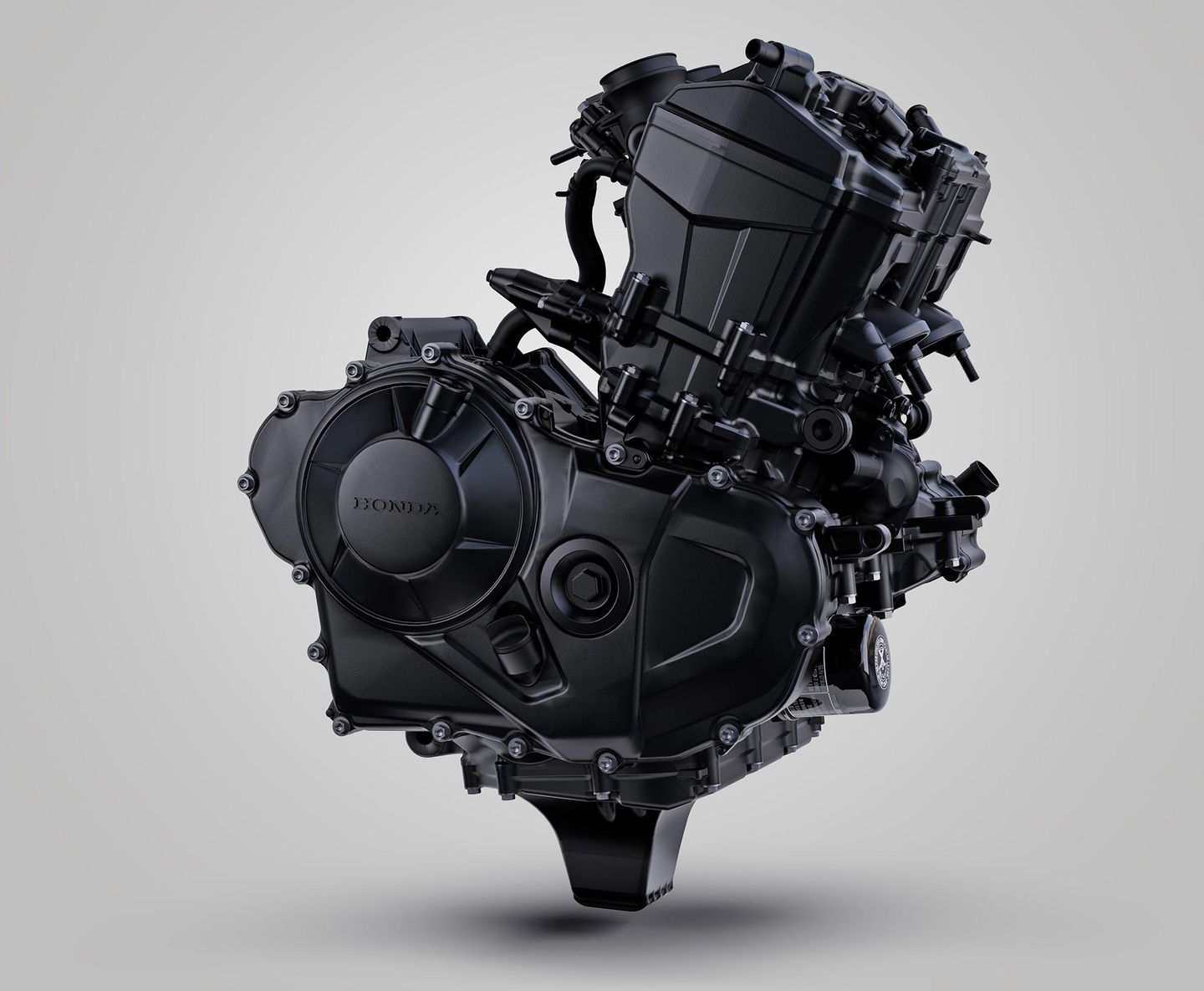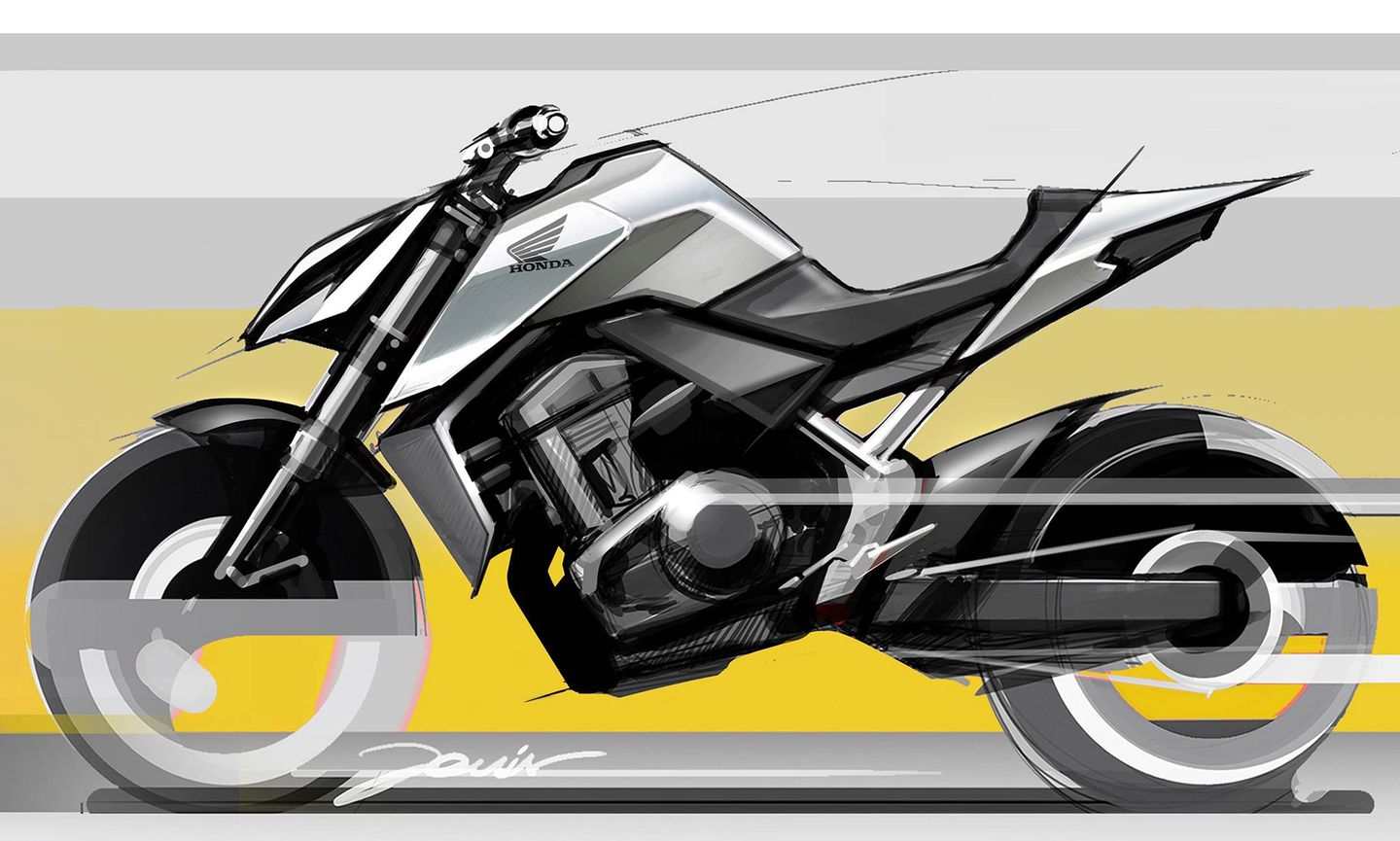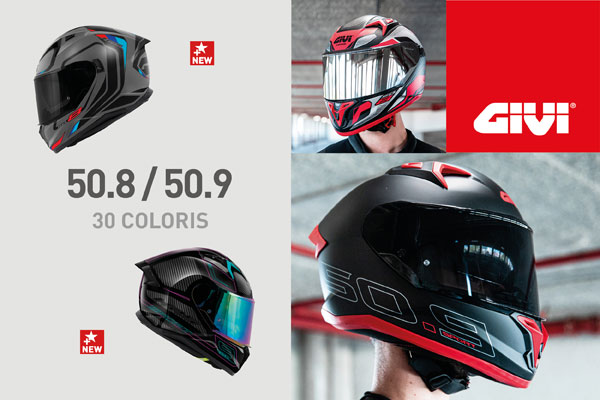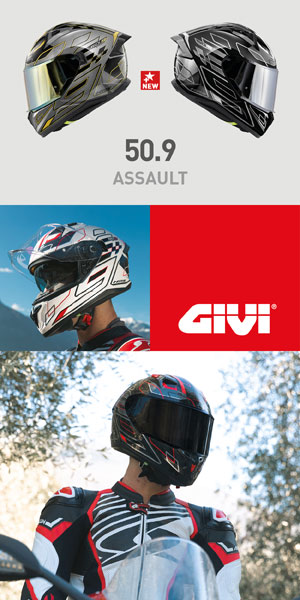In a world where there is a wide choice of 200+ horsepower superbikes and a growing range of equally powerful machines on the market, the arrival of a sub-100hp twin isn't likely to make many waves. But Honda's revival of the Hornet name for a new machine already promises to be a highlight of 2023.
After showing off a concept in November last year, but only as a digital artwork, Honda has since revealed styling sketches and unveiled the first technical specifications of the all-new in-line twin-cylinder engine that will power the Hornet. However, the release of homologation details in Europe gives us an even closer look at a machine that opens the door to a whole range of Honda machines that will share the same platform.
Earlier in September, Honda confirmed that the Hornet would be powered by a 755 cc twin developing 90,5 hp at 9 rpm and 500 Nm of torque at 75 rpm. These figures set it apart from the brand's existing 7cc twin, used in the NC250 range, which produces just 745hp and 750Nm thanks to a design aimed at economy rather than performance.
The new Hornet's engine reaches higher revs, delivering this substantial increase in power, and promises to offer an extremely lightweight and compact design. The engine concept borrows from the Africa Twin and CRF450R, with a Unicam SOHC cylinder head design, and therefore handles the type of output that would normally require a bulkier and heavier DOHC layout. A 270-degree timing, increasingly becoming the norm for inline-twins, gives it a V-twin-style sound and substantial power delivery. In the European market, a second version of the bike, with only 46 hp, will also be offered to bring it into the A2 category to which new riders are initially limited to before progressing to a full-powered machine.

New approval documents confirm the Hornet's compact credentials. The wheelbase is 1,42 m, identical to a Suzuki GSX-R1000, while the weight of the Hornet, fully loaded, does not exceed 190 kg, about the same as a Yamaha MT-09 and not much more than an MT-07. The overall length is 2,09m, the same as the MT-09 or the Triumph Speed Triple. The only figure not revealed in the homologation documents is, of course, the price of the Hornet, but it's likely to be towards the affordable end of the spectrum.
Honda's homologation documents confirm that the Hornet's model name is CB750A, but its internal code is RH12. Honda appears to have abandoned the famous RC code that would traditionally be used on motorcycles with an engine capacity between 600cc and 899cc, having run out of double-digit numbers to follow it. The R still refers to this displacement, but it was first used with an H for the 650 CBR2019R (codename RH01). The RH designation has since appeared on the CB650R, the latest version of the NC750X, the ADV750, and most recently the Forza 750, which is coded RH11.
In addition to its use in the Hornet, the new engine is expected to appear in Honda's highly anticipated revival of an adventure machine, the Transalp. It's also expected to appear as a 2023 model, having been spotted undergoing a publicity photo shoot in recent weeks with its final paint and graphics, but it appears Honda plans to reveal it as a surprise.


























